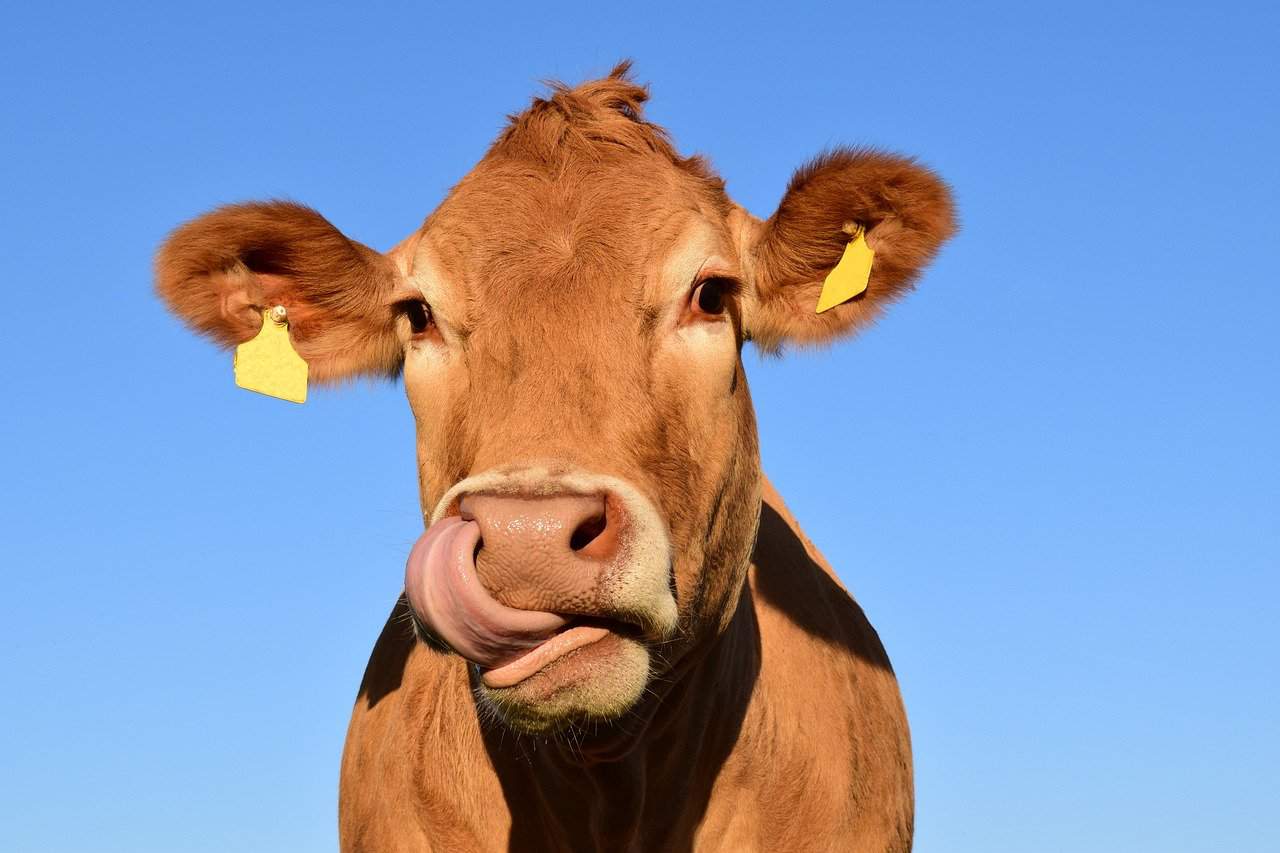Why we owe the word ‘vaccine’ to cows

The word vaccine comes from “Variolae vaccinae ” which is Latin for ‘smallpox of the cow’. This is because the first vaccine was made with cowpox.
Before vaccines people used to deliberately scratch part of their body and place infected smallpox it tissue on it to give themselves smallpox. They would still get smallpox and risk death, but at least this way it was more controlled and they could decide which part of the body would be left scarred.
In the 1760s Doctor Edward Jenner noticed that milkmaids who had caught cowpox never got smallpox. As an experiment, he took the pus from the hand of a milkmaid who had cowpox and scratched it into the skin of a young boy. The boy became immune to smallpox and vaccination was invented. Since then the technique has been honed and thanks to vaccines, smallpox was finally eradicated in 1979. Vaccines prevent more than 2.5 million deaths each year.
How do vaccines work?
By injecting a similar but less harmful version of the disease that you wish to prevent (e.g. cowpox instead of smallpox). The body’s antibodies or ‘immune system’ learn to fight this kind of disease and so the vaccinated person becomes immune to the disease.
What’s the difference between vaccination and immunisation?
When someone is vaccinated they become immune to the disease; they are ‘immunised’. However you can also be immunised by having the actual disease and recovering from it (e.g. someone who’s had chickenpox in childhood is immunised against it for the rest of their life and doesn’t risk catching it in adulthood when it can make you sterile, (which is why parents organise chickenpox parties for their kids:)
Bonus fact:
According to H Rider Haggard, who was involved in agricultural reform throughout the British Empire, including South Africa, Zulus may have been practising vaccination for much longer than western civilisations.
In his book; King Solomon’s Mines (1885) the main character, Allan Quatermain, buys twenty Zulu Oxen for his adventure; Zulu oxen are the best because they are immunised against “lung sick” (pneumonia).
The Zulu oxen were immunised by making a slit in their tail and inserting a piece of infected lung from an ox that had died of “lung sick”. The ox would experience a mild form of the disease and its tail would drop off. It would be forever immunised against “lung sick”.
Sources:
Centers for Disease Control and Prevention






